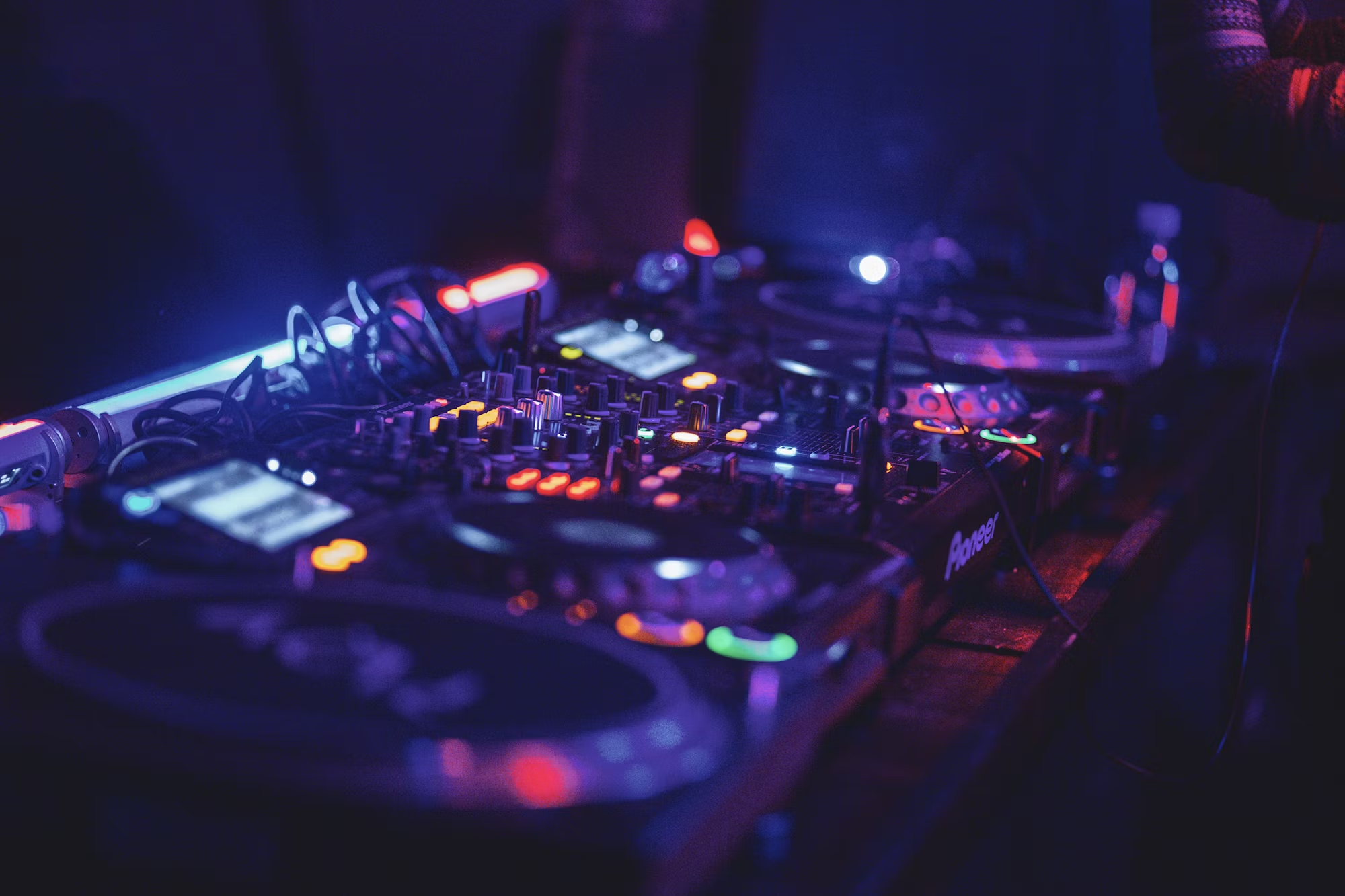House music, born in the vibrant clubs of Chicago during the early 1980s, has evolved into one of the most influential genres in electronic dance music (EDM). With its roots deeply embedded in disco, soul, and funk, house music has transformed over the decades, giving rise to various subgenres and a rich cultural heritage. This article explores the evolution of house music, key subgenres, notable artists, and its lasting impact on the global music scene.
The origins of house music can be traced back to the Warehouse nightclub in Chicago, where DJ Frankie Knuckles began mixing disco records with electronic beats. This innovative approach laid the groundwork for what would become house music. By incorporating elements such as repetitive 4/4 beats, synthesized basslines, and soulful vocals, Knuckles and other early pioneers created a sound that resonated with dancefloor enthusiasts.
As house music gained popularity in Chicago, it spread to cities like New York, Detroit, and London, each adding its own unique flavor to the genre. In New York, the influence of garage music contributed to the development of soulful house, characterized by lush vocals and a deep groove. Artists like David Morales and Masters at Work became synonymous with this sound, shaping the direction of house music in the late ’80s and early ’90s.
In the late ’80s, house music also took root in the UK, where it evolved into various subgenres, including acid house. Defined by its use of the Roland TB-303 bass synthesizer, acid house created a distinctive sound characterized by squelchy basslines and hypnotic rhythms. This subgenre found its way into the rave scene, where tracks by artists like Phuture and A Guy Called Gerald gained massive popularity. The UK rave culture further propelled house music into the mainstream, leading to iconic events that celebrated the genre.
The ’90s marked a turning point for house music, as it began to diversify into numerous subgenres. Deep house emerged as a distinct style, characterized by its slower tempo, smooth melodies, and rich harmonic structures. Artists like Larry Heard and Kerri Chandler pioneered this sound, focusing on creating atmospheric and immersive musical experiences. Their influence can still be felt today, as deep house remains a staple in clubs and festivals worldwide.
Tech house, another influential subgenre, emerged as a fusion of house and techno, combining the rhythmic elements of techno with the soulful aspects of house music. This genre gained traction in the late ’90s and early 2000s, with artists like Carl Cox and Green Velvet at the forefront. Tech house’s hypnotic beats and driving basslines have made it a favorite among DJs and partygoers alike, solidifying its place in the EDM landscape.
As we moved into the 21st century, house music continued to evolve and adapt to new trends. The rise of digital production tools enabled a new wave of producers to experiment with sounds and styles, leading to the emergence of genres like future house and tropical house. Future house, characterized by its punchy basslines and melodic synths, saw artists like Oliver Heldens and Tchami rise to fame. Meanwhile, tropical house, popularized by names like Kygo and Thomas Jack, introduced a laid-back, sunny vibe, drawing inspiration from Caribbean and acoustic sounds.
The cultural impact of house music cannot be overstated. From its inception, house music has been a vehicle for self-expression, acceptance, and community. Its roots in the LGBTQ+ community are particularly significant, as many early house artists and dancers were part of this vibrant culture. The inclusive nature of house music has created a space where individuals from all backgrounds can come together to celebrate life through dance and music.
In recent years, house music has experienced a resurgence in popularity, with both established and emerging artists revitalizing the genre. Festivals and events dedicated to house music have become staples around the world, bringing together fans to experience the energy and joy that the genre embodies. Events like Miami Music Week and the Amsterdam Dance Event showcase the latest trends in house music, attracting both fans and industry professionals eager to discover the next big sound.
Moreover, the digital age has transformed the way we consume music, making house tracks more accessible than ever. Streaming platforms and social media have allowed artists to connect directly with their audiences, bypassing traditional barriers. This direct interaction has fostered a new generation of fans and artists alike, creating a thriving community that continues to push the boundaries of the genre.
In conclusion, house music has come a long way since its humble beginnings in Chicago’s Warehouse club. From its roots in disco and soul to its current status as a global phenomenon, house music has evolved into a diverse and dynamic genre that continues to shape the EDM landscape. Its subgenres, key artists, and cultural significance reflect the rich tapestry of influences that have defined house music over the decades. As we look to the future, it is clear that house music will remain a vital force in the world of electronic dance music, inspiring new generations of artists and fans to embrace the joy of dance and self-expression.





